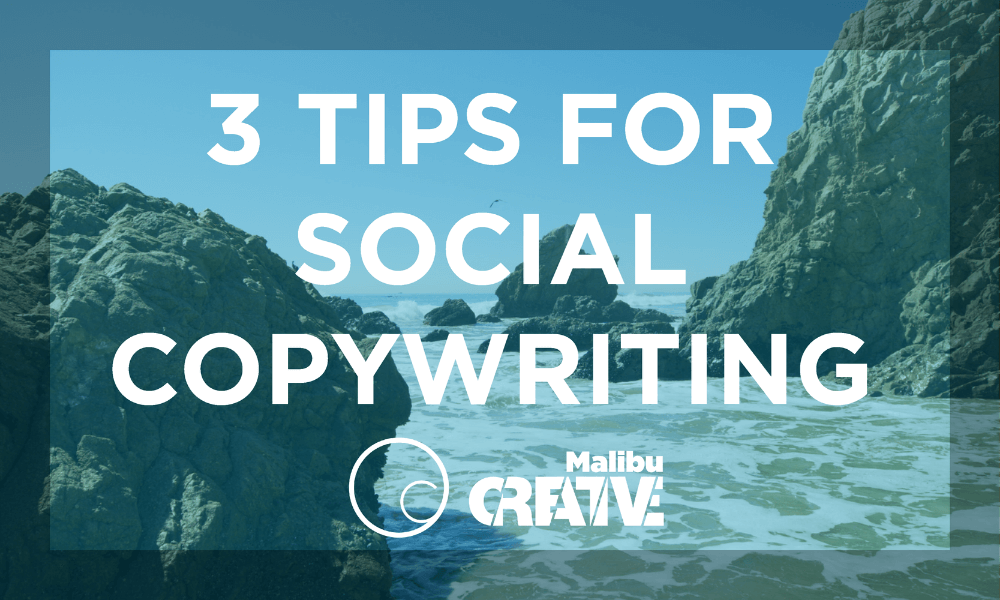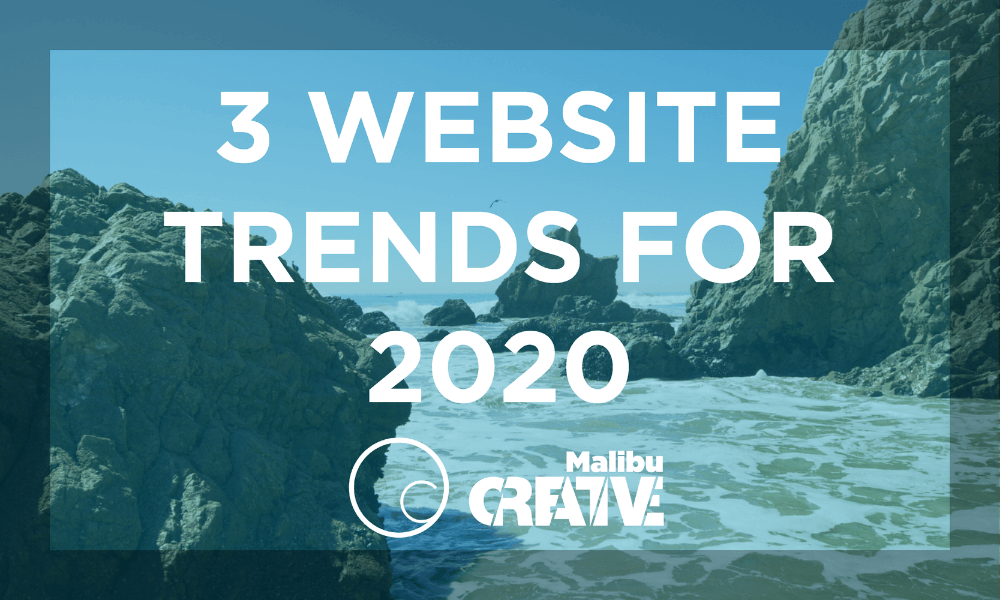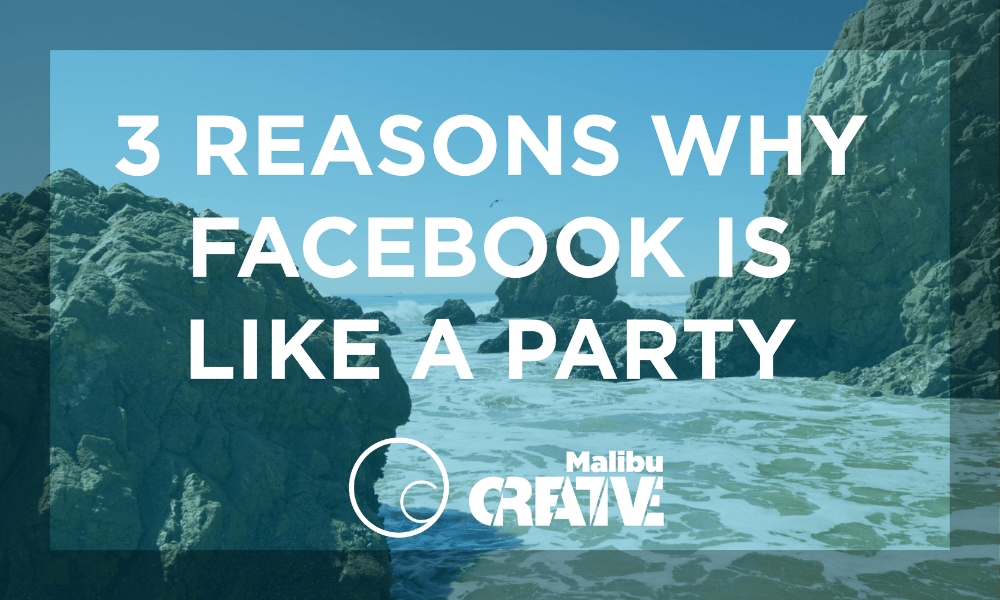3 DIY SEO Tips
You can learn how to do almost everything with the help of the internet – including how to make the internet work for you. Here are 3 DIY SEO tips you can do yourself!
First things first, what is SEO?
Search Engine Optimization is used to grow website traffic by increasing your page’s visibility on the search engine. It literally is optimizing your site to rank higher than your competition on Google. SEO sounds like a big, daunting thing, but the actual steps to take aren’t as scary. In fact, there are some easy things to do to help Google recognize your business and help people find you.
Part 1: Secure Site License
1. What is it?
Secure Site License, or SSL, is a level of security or encryption on your website that makes it safe for visitors to search your site and go through the pages and not risk getting malware or viruses. An easy way to tell if a site has a valid license and is secure is with the url! All urls start with http, but if it’s https, it’s secure. The little lock icon in the address bar will tell you this as well.
2. Why do I need it?
The short answer is, Google requires it. If your site is not secured, Google will have it lower on rankings because it sees your site as a threat or a risky site. If it’s safe for visitors, Google likes it, and having an SSL improves your rankings. It also shows that you have an active and aware site – or that you’re invested in your online presence.
3. How can I do it?
Reach out to your website host and tell them that you’d like to have it activated and plug it into your site. It’s super easy to get, and it can literally save your site.
Part 2: Content
1. What is it?
SEO and content marketing go hand in hand. Specifically, you have to have written words to plant keywords in, and planned content marketing including blogs is definitely something to aim for. A simple place to start is just the content on your pages: your home page, your “about” page or maybe a page with your staff members. Keep your photos and written content up to date. For example, if you have a page that talks about events that happened 5 years ago, update it or remove it. Same with images – be current.
2. Why do I need it?
Google combs through your site regularly, and that includes activity. If you’re more current and active, your chances of being ranked higher go up. Google performance aside, having an updated and current looking site go far with a customer who may have found you online first. Have you ever searched for something or a company to find a site that’s become a ghost town? Maybe it’s an image of a building you know they don’t work out of anymore, or they’re promoting a sale that ended 4 months ago. Either way, if it looks like your business is out of business or not invested in your online presence, you could be losing customers. I don’t know about you, but when I see these red flags, my next click is to close the window.
3. How can I do it?
Do a monthly or quarterly review of your content! Make sure old events or sales are removed, consider promoting upcoming events and always think about things you can add to bring value. Check your links to make sure they’re still going to the right places. Make sure your hours and contact information are still accurate, and keep your staff page current. These small steps can go far for keeping customers on your website and coming back.
Part 3: Metadata
1. What is it?
This is the title and description that pops up under a website name and URL when you find it on the search engine. This is what people read before they even click on your website link, so it’s important to look updated and have branded or industry-specific language. For example, this is what our DIY SEO blog looks like.
2. Why do I need it?
Basically, it will help Google help people find you! This is where you can include keywords like “best pizza in Wichita” which will help your site appear when people search for this phrase. It’s something you can update on each of your website pages, which means you can target the wording to the content of the page – which creates more opportunities for people to find you!
3. How can I do it?
Work with your web developer to make sure this is being done. You can also access the back-end of your site and spend some time doing minor editing on your pages.
It’s a valuable resource when trying to up your Google response!



